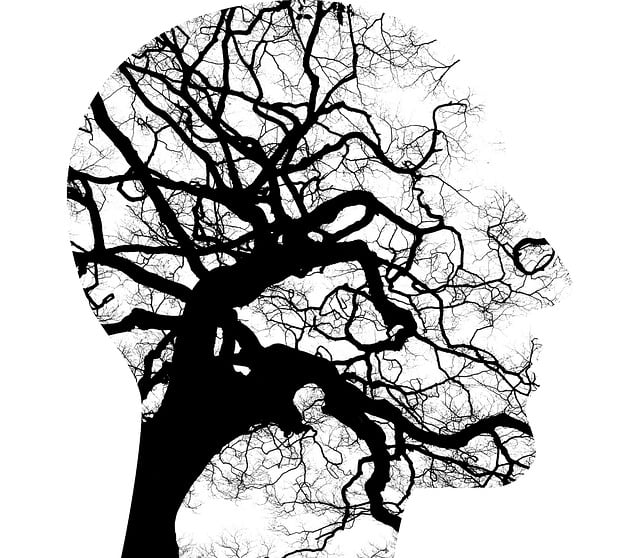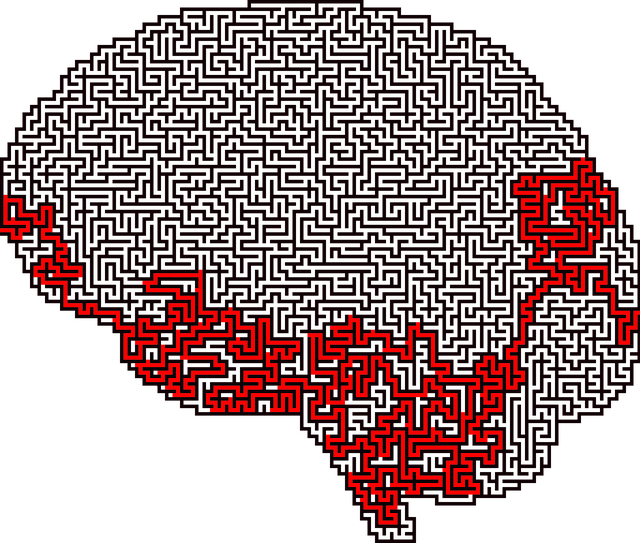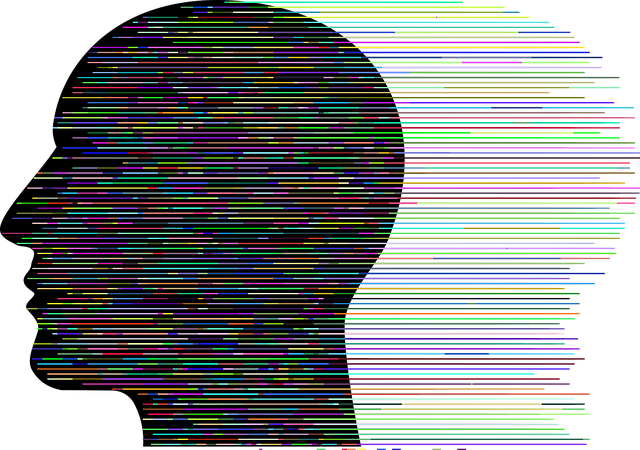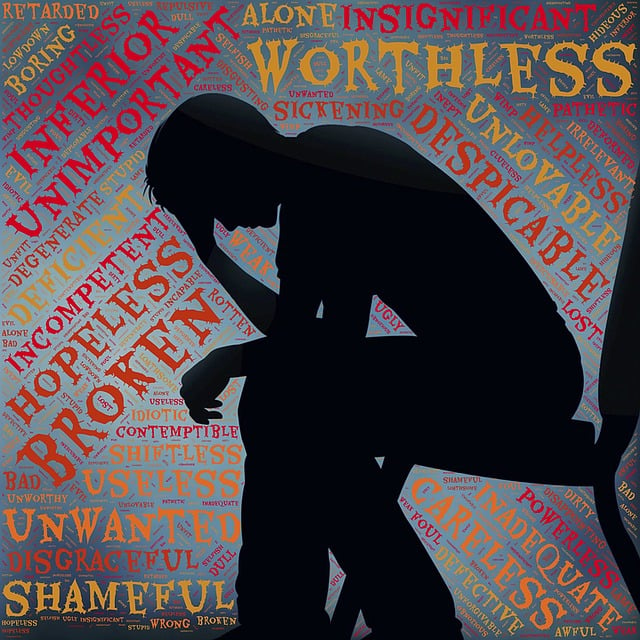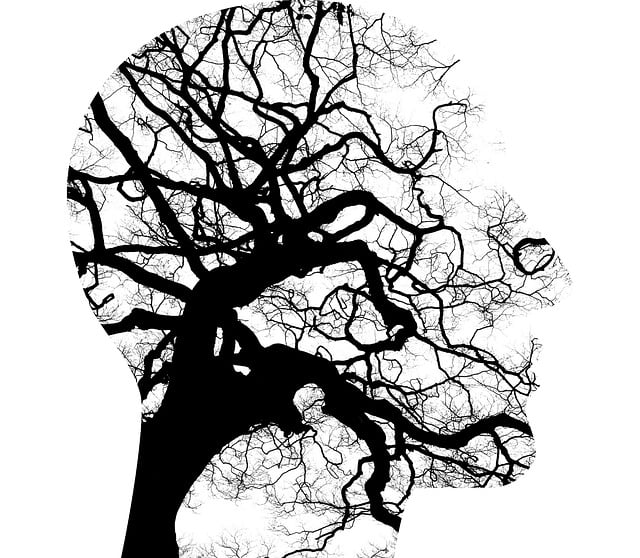In the digital age, media's portrayal of mental health significantly shapes public opinion, often falling into simplistic and stereotypical traps, like exaggerating anger as unmanageable. This perpetuates stigma and prevents individuals from seeking help. Services like Greenwood Village Anger Management Therapy challenge these misconceptions through nuanced representations, promoting understanding and reducing stigma. A comprehensive strategy for improving mental health portrayals in media includes advocating for diversity, collaborating with experts, and emphasizing burnout prevention narratives. Media creators have a pivotal role in fostering empathy and encouraging support-seeking by showcasing diverse mental health journeys and therapeutic approaches accurately.
Mental illness representation in media has long been a topic of debate, with stereotypes and misinformation perpetuating harmful perceptions. This article explores the current landscape, delving into the impact of media portrayal on society’s understanding. We present Greenwood Village Anger Management Therapy as a successful model for depicting effective treatment, challenging negative stereotypes.
Through analysis of popular culture and a call to action for media creators, we offer strategies to enhance positive mental health depictions. By advocating for diversity, inclusion, and accuracy, the media can play a crucial role in shaping a more empathetic society.
- Understanding Mental Illness Representation in Media: The Current Scenario
- The Impact of Stereotypes and Misinformation on Society's Perception
- Greenwood Village Anger Management Therapy: A Case for Effective Treatment Portrayal
- Strategies to Enhance Positive Mental Health Depictions in Popular Culture
- Encouraging Diversity, Inclusion, and Accuracy: A Call to Action for Media Creators
Understanding Mental Illness Representation in Media: The Current Scenario

In today’s digital age, media plays a significant role in shaping public perception about mental health. The current scenario presents a mixed picture when it comes to representing mental illness on screen. Often, media portrays mental health conditions in black-and-white terms, reinforcing stereotypes and misinformed narratives. For instance, anger is frequently depicted as an unmanageable force, neglecting the complexity of emotional healing processes and the effectiveness of therapies like Greenwood Village Anger Management Therapy. Such representations can lead to further stigmatization and hinder individuals from seeking necessary support.
Moreover, cultural competency within media representation is lacking, with limited diversity in mental health narratives. This omits crucial perspectives, especially for marginalized communities. As a result, there’s a pressing need for more accurate and nuanced portrayals. Healthcare Provider Cultural Competency Training can play a pivotal role in addressing this issue by empowering professionals to recognize and challenge stereotypical representations in media. By doing so, it contributes to a broader understanding of emotional healing processes and reduces risks associated with incorrect mental health information conveyed through media outlets.
The Impact of Stereotypes and Misinformation on Society's Perception

The media plays a significant role in shaping society’s understanding and perception of mental health issues. However, stereotypes and misinformation often dominate narratives, leading to a skewed view of what mental illness truly entails. Portrayals in movies, television shows, and news articles can either educate or reinforce harmful misconceptions. For instance, depicting characters with anger management issues as solely aggressive or violent contributes to the myth that all individuals with such diagnoses are dangerous. This oversimplification not only stigmatizes those struggling with their temper but also overlooks the complex nature of mental health challenges.
Greenwood Village Anger Management Therapy and similar services exist precisely because societal perceptions can be improved through accurate representation. By presenting more nuanced stories, media has the power to foster empathy and reduce the stigma associated with seeking help for emotional regulation issues. Encouraging open conversations about trauma support services and coping skills development is essential in challenging stereotypes. Ultimately, a responsible portrayal of mental illness in media can lead to better understanding, increased access to resources, and improved support for those dealing with various psychological conditions.
Greenwood Village Anger Management Therapy: A Case for Effective Treatment Portrayal

In the context of mental illness representation in media, Greenwood Village Anger Management Therapy serves as a shining example of effective treatment portrayal. This specialized therapy program addresses anger-related issues, providing valuable insights into managing intense emotions constructively. By showcasing such initiatives, media platforms can contribute significantly to challenging stereotypes and promoting understanding. Angriness is often misconstrued as malevolence in popular culture, but Greenwood Village’s approach humanizes individuals struggling with this challenge, highlighting the importance of empathy and support.
Integrating Stress Reduction Methods and Self-Care Routine Development for Better Mental Health are core components of this therapy. Participants learn coping strategies that go beyond mere suppression of anger, fostering emotional intelligence and resilience. This nuanced representation in media not only educates viewers but also encourages those facing similar struggles to seek appropriate healthcare from reliable providers, such as those offering Cultural Competency Training. Such initiatives ensure that individuals receive tailored support, reflecting the diverse needs of a broad spectrum of patients.
Strategies to Enhance Positive Mental Health Depictions in Popular Culture

To enhance positive mental health depictions in popular culture, a multifaceted approach is necessary. Industry professionals should advocate for more diverse and accurate representations of mental illness, ensuring stories are told from various perspectives and with sensitivity. This includes encouraging creative teams to consult with experts like those from Greenwood Village Anger Management Therapy to ensure authenticity.
Implementing community outreach programs can also play a vital role in promoting mental wellness. By engaging with communities, media creators can gain insights into local concerns and experiences related to mental health, fostering more relatable and nuanced content. Additionally, focusing on burnout prevention strategies within narratives can help normalize the discussion around mental health challenges, encouraging viewers to seek support when needed, whether through professional therapy or community-based initiatives.
Encouraging Diversity, Inclusion, and Accuracy: A Call to Action for Media Creators

Media creators have a powerful role in shaping societal perceptions and attitudes towards mental health. Encouraging diversity, inclusion, and accuracy in representing mental illness is an essential step towards challenging stigmatization. By incorporating a wide range of experiences and perspectives, media can foster empathy building strategies that promote emotional well-being promotion techniques. This includes showcasing characters with various mental health conditions, not as stereotypes but as complex individuals with unique stories.
In the context of Greenwood Village Anger Management Therapy, for instance, media can contribute to inner strength development by presenting therapeutic approaches and recovery journeys in a nuanced manner. Portraying accurate representations of these processes can help reduce fear and misunderstanding, encouraging viewers to seek support if needed. It is imperative that creators embrace these responsibilities to ensure positive shifts in public perception and create a more supportive environment for those dealing with mental health challenges.
In addressing mental illness representation in media, it’s clear that a shift towards accurate, diverse, and inclusive portrayals is essential. By learning from existing stereotypes and misinformation, as well as adopting effective treatment models like those offered by Greenwood Village Anger Management Therapy, media creators can play a pivotal role in challenging societal perceptions. Implementing strategies to enhance positive mental health depictions in popular culture is not just desirable; it’s necessary for fostering a more empathetic and informed society. Thus, we urge media creators to prioritize diversity, inclusion, and accuracy to revolutionize how mental illness is portrayed on screen and beyond.
